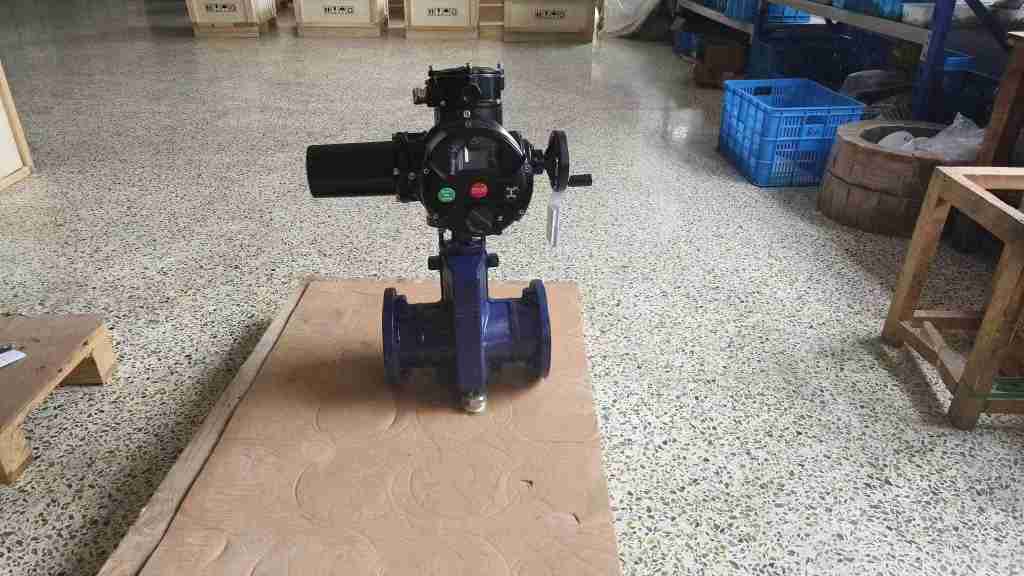electric pinch valve: a reliable solution for precise flow control
Release time:2025-05-11 07:36:51
An Electric Pinch Valve is a type of valve used to control the flow of liquids, gases, and other media through a pipeline. Known for its simplicity and efficiency, this valve utilizes a pinch mechanism, which applies controlled pressure to compress a flexible tube, thus regulating the flow. The electric version of the pinch valve is controlled by an electric actuator, offering an automated and precise method of controlling flow rates in various industries.

Design and Functionality
The Electric Pinch Valve consists of three primary components: the body, the flexible tube (or liner), and the electric actuator. The body of the valve is designed to house the flexible tubing, which is typically made from elastomeric materials such as rubber or synthetic polymers. The valve's function relies on the compression of this flexible tube, which when pinched, restricts or stops the flow of material through the pipeline. The electric actuator drives this compression, ensuring that the valve can be controlled remotely, enabling automated operations.
The advantage of using a pinch valve lies in the design of the flexible tubing. Unlike traditional valves that use mechanical parts to obstruct the flow (such as discs or balls), the pinch valve's flexible tube can handle a wide variety of materials, including slurries, powders, and viscous liquids. This makes it an ideal solution for industries where abrasive or corrosive materials are being transported, such as mining, wastewater treatment, and food processing.

